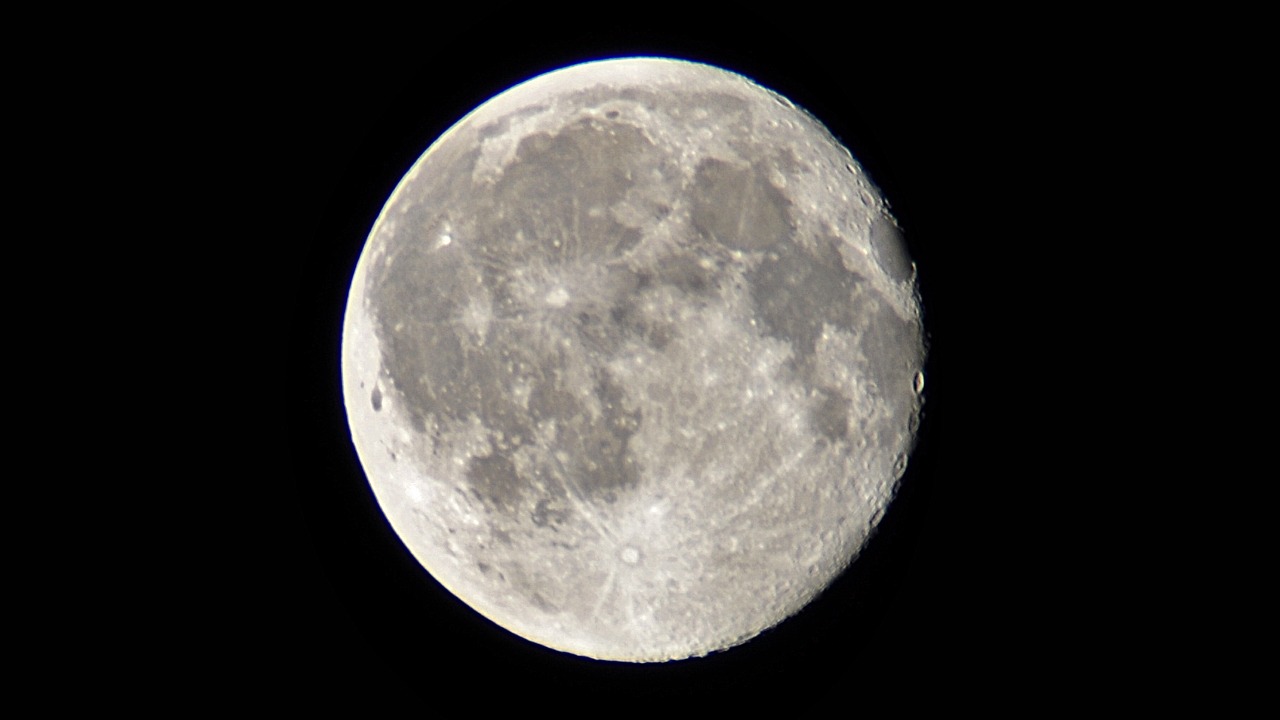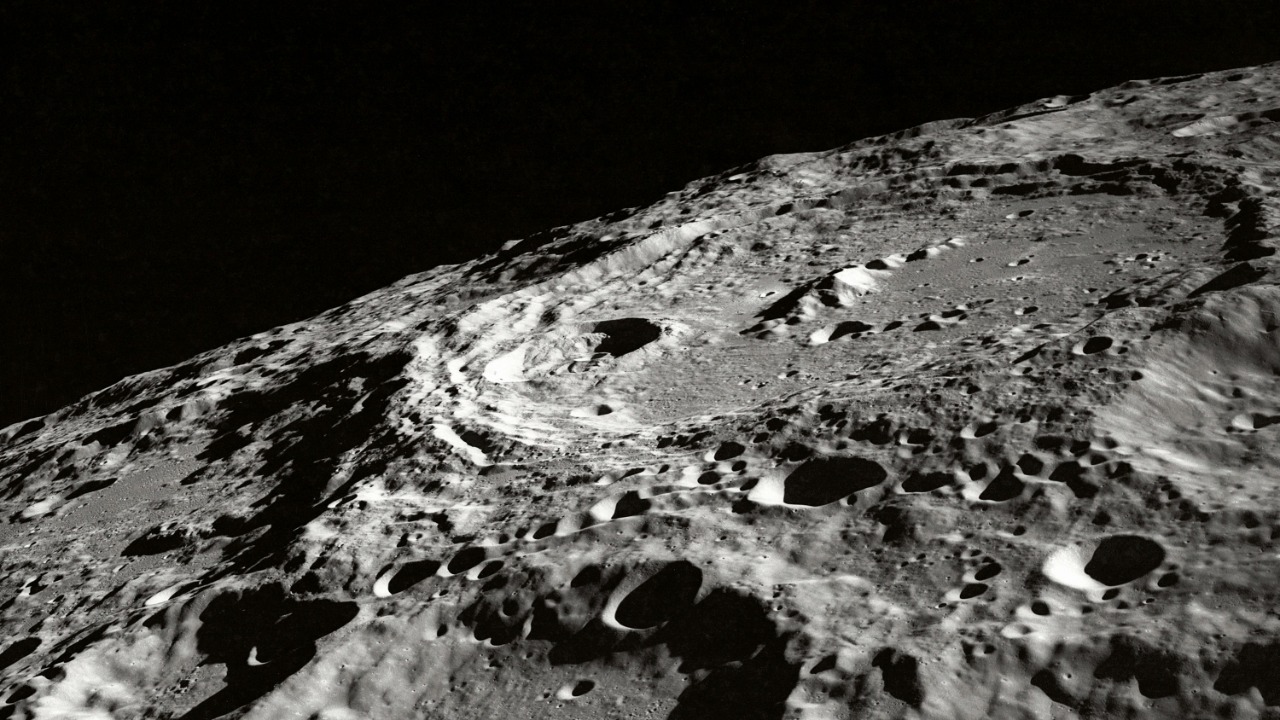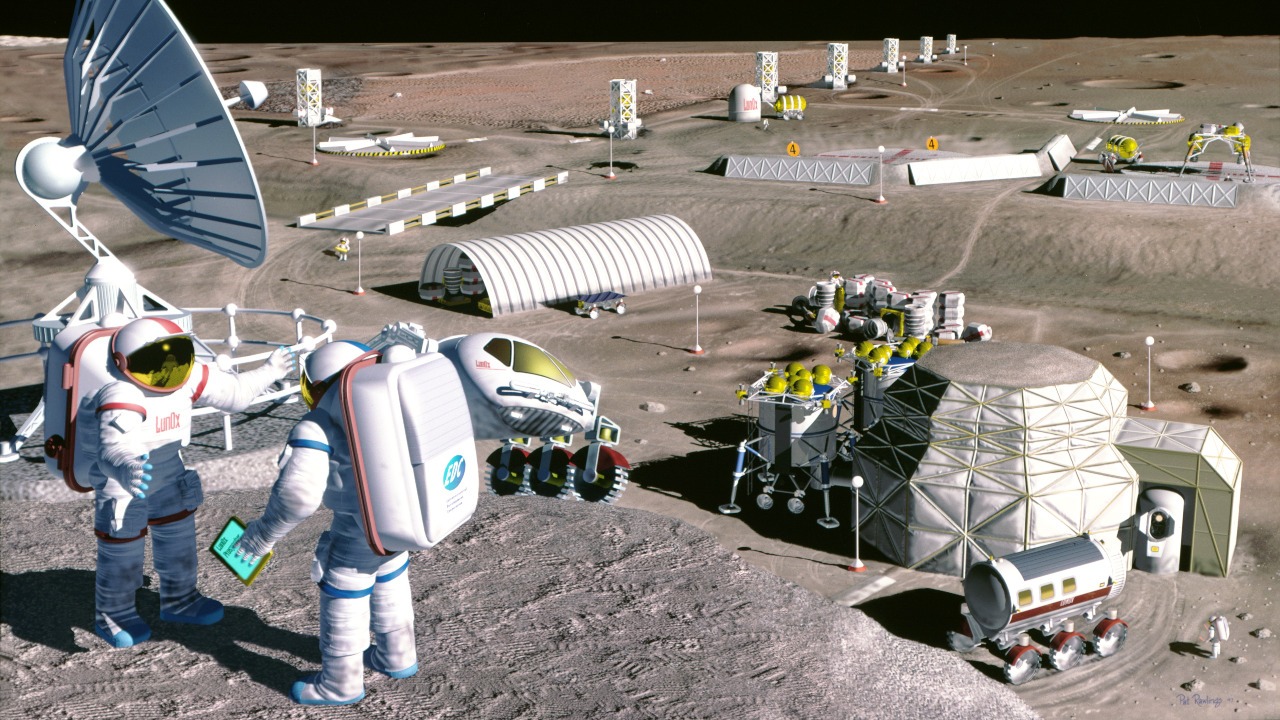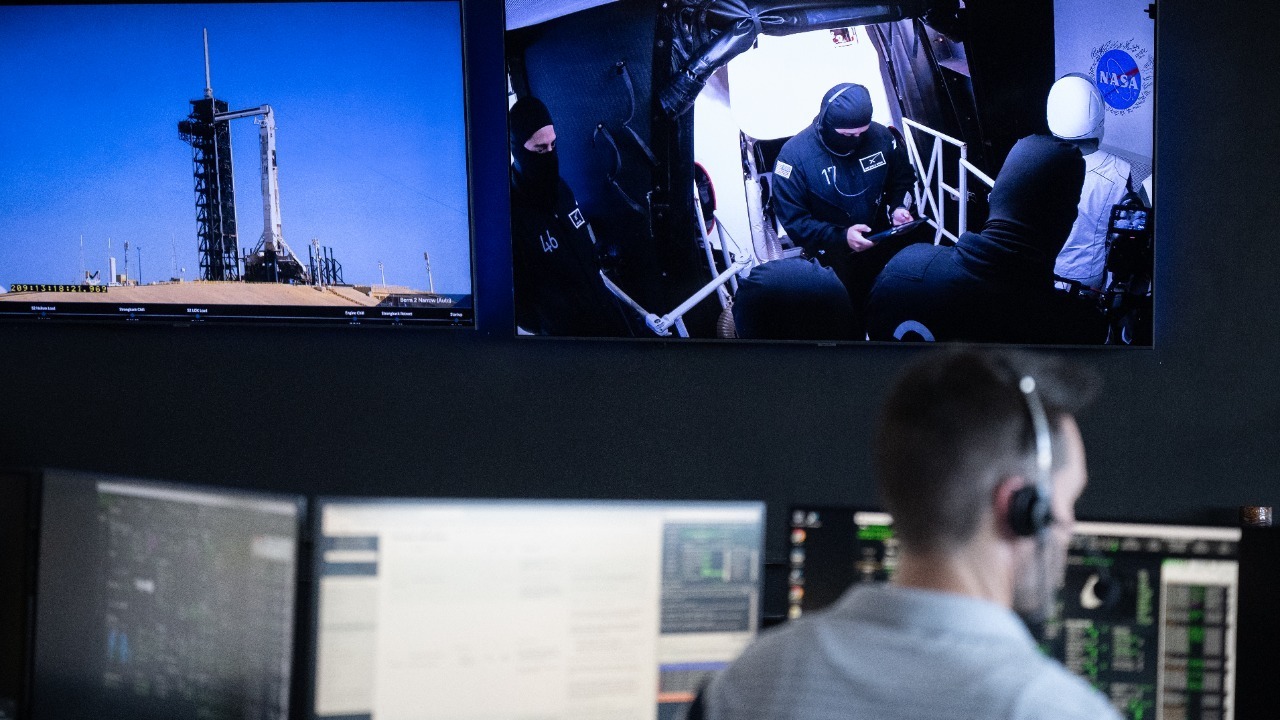
Recent studies suggest that the Moon, now a barren world with a negligible atmosphere, may once have had an atmosphere akin to Earth’s. This intriguing possibility is based on new research analyzing volcanic activity and ancient conditions on the lunar surface. Understanding the Moon’s past atmosphere could reshape our knowledge of its history and evolution.
The Moon’s Volcanic Past

Evidence of past volcanic activity on the Moon has been a topic of fascination for scientists. Data reveals that billions of years ago, the lunar surface was a hotbed of volcanic eruptions. These eruptions were extensive and covered vast areas of the Moon with basaltic lava, leaving behind what we now see as the dark plains known as maria. The presence of volcanic rocks and glass beads brought back by Apollo missions has provided key insights into the Moon’s fiery past.
These volcanic eruptions were not just geological spectacles; they played a crucial role in releasing significant amounts of gases. When volcanoes erupted, they spewed out gases such as carbon monoxide, sulfur dioxide, and water vapor. This outgassing could have led to the formation of a temporary atmosphere around the Moon. Interestingly, these processes resemble those that contributed to the development of Earth’s early atmosphere, suggesting that the Moon might have experienced a similar, albeit short-lived, atmospheric phase.
Transient Atmosphere Formation

The mechanisms behind the formation of the Moon’s transient atmosphere are complex but fascinating. Volcanic outgassing is the primary driver, where gases trapped within the Moon’s interior were released during eruptions. This accumulation of gases could have created a thin, yet significant, layer enveloping the Moon. Scientists believe that the density of this atmosphere might have varied, but at its peak, it could have been substantial enough to alter the surface conditions.
The duration of this atmosphere is another point of interest. Estimates suggest that this atmosphere might have lasted for about 70 million years, a fleeting moment in celestial terms. Despite its temporary nature, it could have affected the lunar surface by moderating temperatures and possibly creating a more dynamic environment than the stark, airless landscape we see today. Such conditions might have influenced the geological and chemical processes on the Moon’s surface, leaving behind traces that continue to intrigue researchers.
Potential for Habitability

The idea that the Moon’s transient atmosphere could have supported life is a tantalizing prospect. If the atmosphere was dense enough, it may have created conditions suitable for liquid water, a crucial ingredient for life as we know it. However, the Moon’s habitability would have been limited by several factors, including the absence of a magnetic field to shield against solar and cosmic radiation.
Researchers have speculated about a timeline when the Moon might have been most hospitable. Some studies suggest that this period could have coincided with the time when Earth’s early atmosphere was also developing, roughly 3 to 4 billion years ago. During this window, the Moon might have provided a short-lived sanctuary for primitive life forms or at least the conditions necessary for their development. This hypothesis draws parallels with other celestial bodies like Mars or Europa, where scientists are actively searching for signs of past or present life. The idea of the Moon being hospitable to life has even inspired discussions on platforms such as Reddit’s space community, where enthusiasts and experts alike weigh in on this captivating possibility.
Scientific Methods and Discoveries

Studying the Moon’s ancient atmosphere involves a combination of analyzing lunar samples and utilizing advanced technologies. Scientists have been examining lunar rocks and volcanic deposits to understand the composition and extent of the gases released during volcanic eruptions. Remote sensing and spectroscopic analysis have been instrumental in identifying key elements and compounds that hint at the Moon’s atmospheric past.
Advances in technology have significantly enhanced our ability to study the Moon’s history. Instruments aboard lunar orbiters and landers have provided high-resolution data that allow scientists to make more accurate predictions about past atmospheric conditions. The collaboration between international research teams and space agencies has been pivotal in piecing together the Moon’s atmospheric history. For instance, a recent NASA study highlighted the importance of global efforts in uncovering these ancient secrets, underscoring the ongoing commitment to lunar exploration and discovery.
Implications for Future Exploration

The findings about the Moon’s past atmosphere have profound implications for future exploration missions. Understanding the Moon’s volcanic and atmospheric history can guide the planning of future lunar missions, potentially focusing on areas that may have been more geologically and atmospherically active. These missions could aim to uncover more about the Moon’s potential for ancient life and its broader implications for planetary science.
As humanity looks to establish a presence beyond Earth, the Moon remains a prime candidate for human settlements. Knowledge about its past atmosphere and volcanic activity could inform plans for sustainable living conditions. Understanding how the Moon once hosted a transient atmosphere might offer clues about how we could potentially manipulate or utilize lunar resources for human habitation. Moreover, this research provides valuable insights into planetary atmospheres beyond our own, particularly for planets like Mercury that also have tenuous atmospheres and fascinating geological histories. By studying these celestial bodies, we can better understand the complex dynamics that shape planetary environments across the solar system.